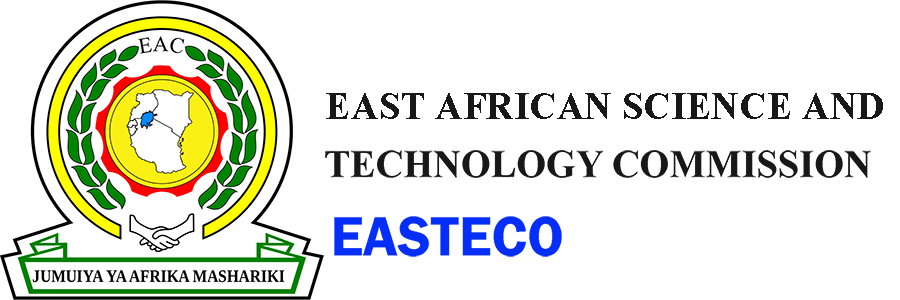I. Background
The East African Community (EAC) is a regional inter-governmental organization comprising the Republics of Tanzania, Burundi, Kenya, Rwanda, Uganda, and South Sudan with the main objective of developing policies and programs aimed at widening and deepening co-operation among the Partner States. In particular, Article 5 (1) of the Treaty states the objectives of the Community as: “to develop policies and programs aimed at widening and deepening co-operation among the Partner States in political, economic, social and cultural fields, research and technology, defense, security and legal and judicial affairs, for their mutual benefit”.
The EAC Treaty also provides an elaborate legal framework for cooperation in the areas of science and technology. In order to strengthen cooperation, coordination and promotion of Science and Technology in the EAC, the 5th Extra-ordinary Summit of the EAC Heads of State held on 18th June 2007 established the East African Science and Technology Commission (EASTECO) as an institution of the EAC, with an overall objective to coordinate and promote the development, management and application of Science and Technology in Partner States.
Furthermore, at Country level the EAC Partner States have enacted laws and/or developed national STI policies to support the development of research capacity, human resources and talent, develop and sustain a network of scientists, support the growth in the use of ICT, develop institutional capacity and improve linkages with the private sector. In addition to policies, the Partner States have established national commissions/councils for science, technology and innovation to undertake the promotion,
regulation, assure the quality and advise the governments on matters of science, technology and innovation.
However, the implementation of national STI policies is at varying stages in the EAC Partner States. Some of the key challenges hampering the development and implementation of effective STI policies in EAC Partner States are among others weak human and institutional capacity for STI development; inadequate support mechanisms for innovation; inadequate funds; lack of up-to-date, reliable data and indicators on the current status of STI. This has resulted in weak and non-direct linkages for science, technology and innovation to support societal needs and economic growth.
Thus, this East African Regional Policy for Science, Technology and Innovation aims at setting policy objectives for the development, management and application of Science, Technology and Innovation to support socioeconomic development and regional integration in the EAC.














